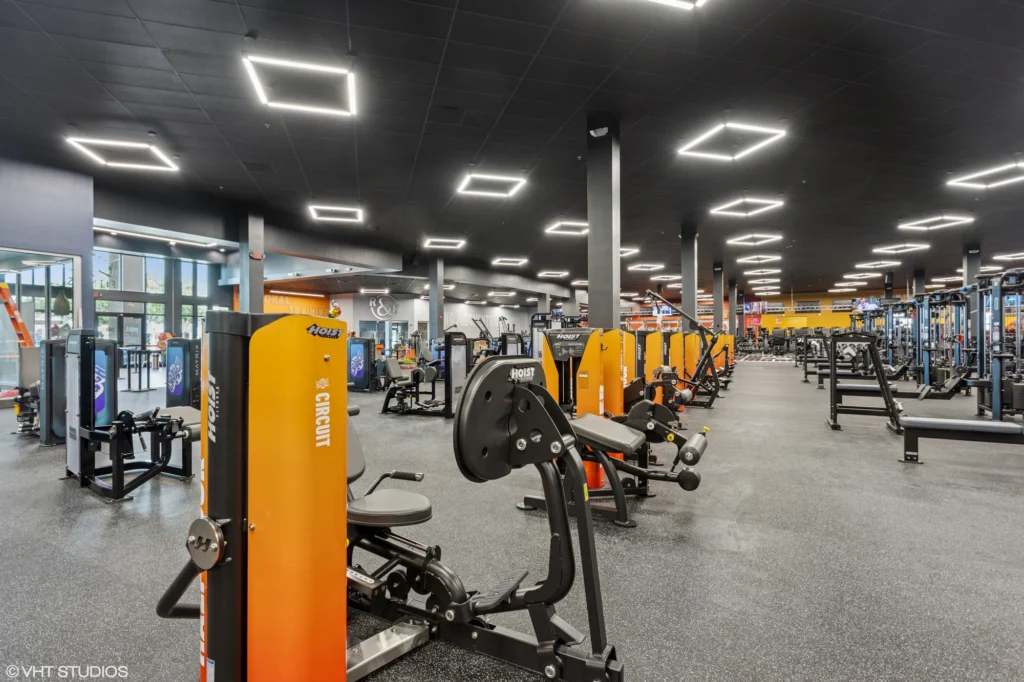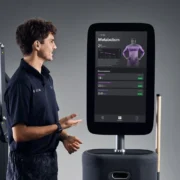This week, we break down more good news for America’s big-box gyms, and look into the complexities surrounding the U.S.’s obesity crisis
It’s a great time to be a big-box gym brand in America, especially if you’re on the low end of the pricing spectrum.
This week, the Health & Fitness Association (HFA) published data showing that high-value, low-price (HVLP) and mid-priced gyms hit record visitation levels in the third quarter. HVLP gyms posted their strongest quarterly performance on record, with foot traffic 22% above pre-pandemic levels.
While the successful performance of mid-priced gyms is noteworthy, bucking current industry sentiment that those brands are struggling, the continued dominance of HVLPs should come as no surprise. As HVLPs enter their golden era, investors are backing brands with tons of cash. CR Fitness, the largest franchisee in the Crunch Fitness system, just got $350 million in fresh funding as it looks to build another 100-plus Crunch clubs over the next five years.
While boutique fitness is steadying and maturing, America’s big-box gym sector is booming. And thanks to Gen Z’s affinity for low-priced fitness, it shows no signs of slowing down any time soon.
America’s Obesity Crisis Is Bad. It’s Also Complex
A lot of Americans are fat. Just how many, and whether the number of dangerously overweight people in the U.S. is increasing or decreasing, are both up for debate.
Earlier this month, researchers pushed for a new definition of obesity that would classify around 70% of Americans as obese, up from 40% under the current standard. Groups including the American Heart Association have endorsed the framework, which uses BMI but also considers “anthropometric measures” such as waist circumference and waist-to-height ratio.
According to official CDC data, however, rates of obesity are declining in some states, including those with the highest rates. While a recent report didn’t link declining rates to the rise of GLP-1s, it did note the increasing number of Americans taking weight-loss drugs.
While experts squabble over semantics, it’s clear that America has a massive obesity problem.
The question for the fitness industry is the same as it’s always been: can gyms, studios and at-home fitness platforms get enough Americans off the couch and adopting healthier habits? If they can, the profit gains could be massive.



